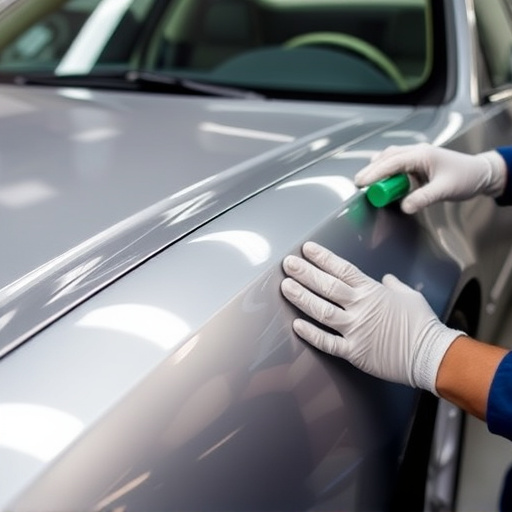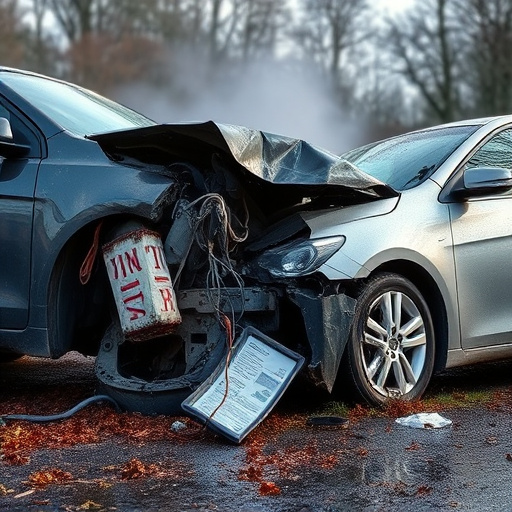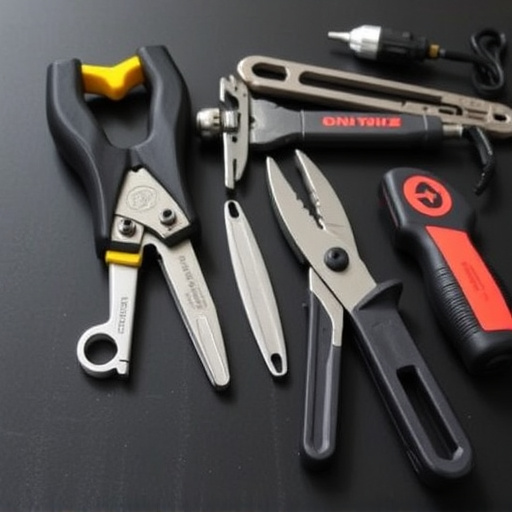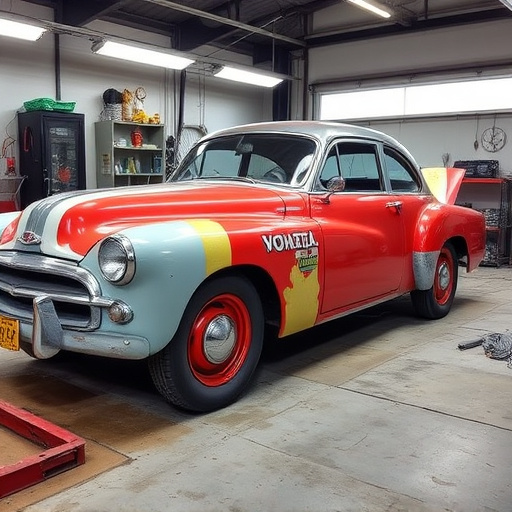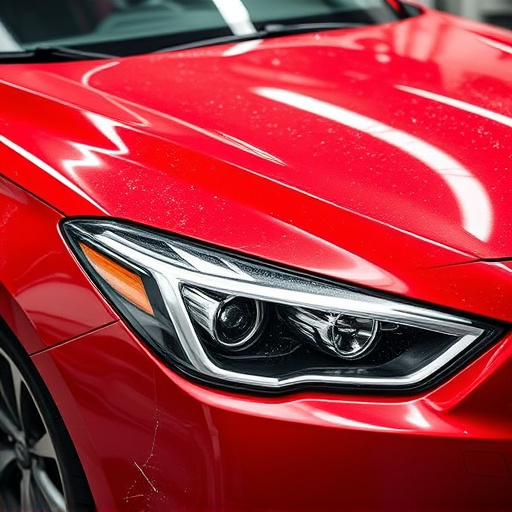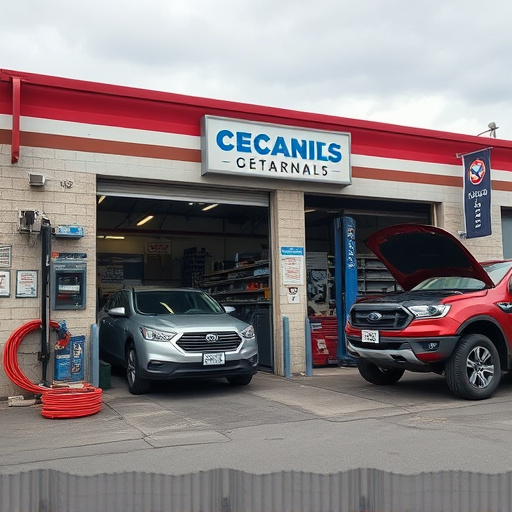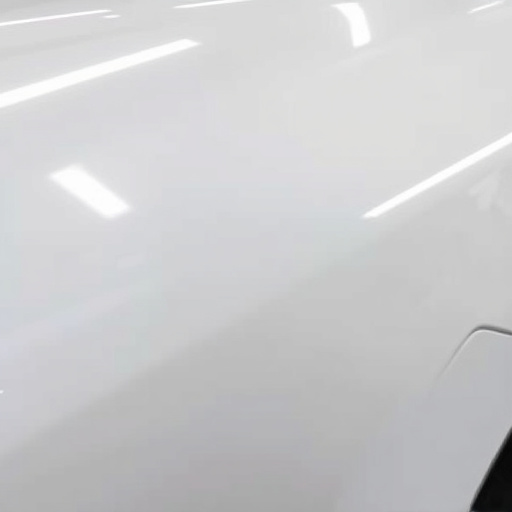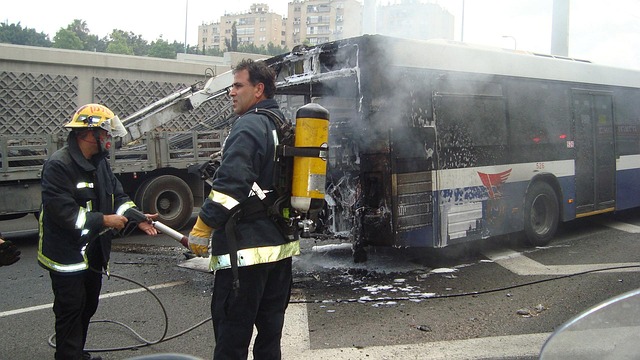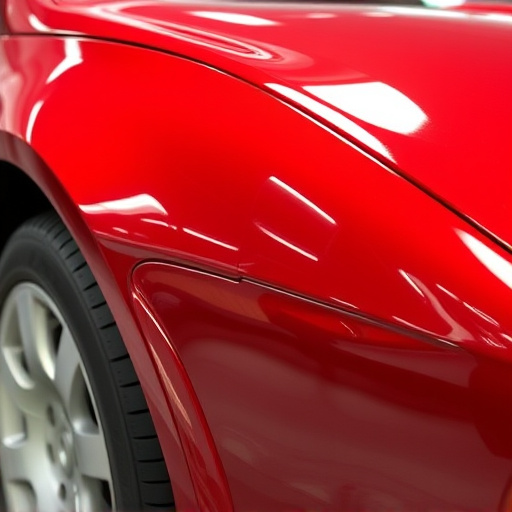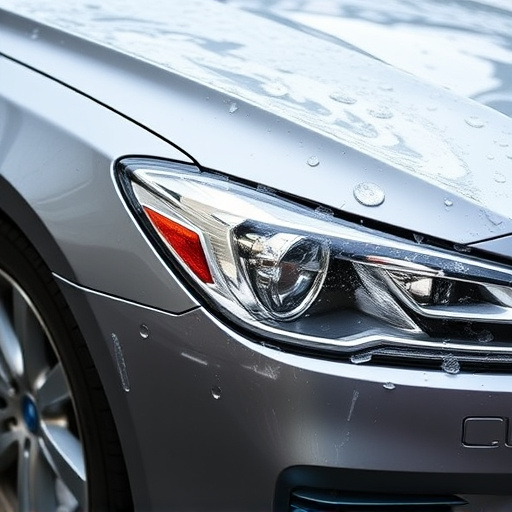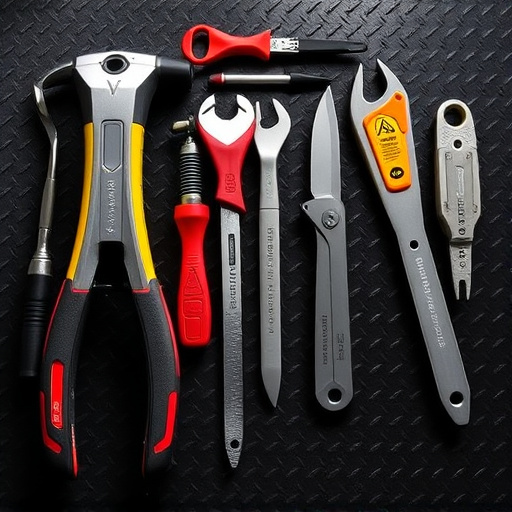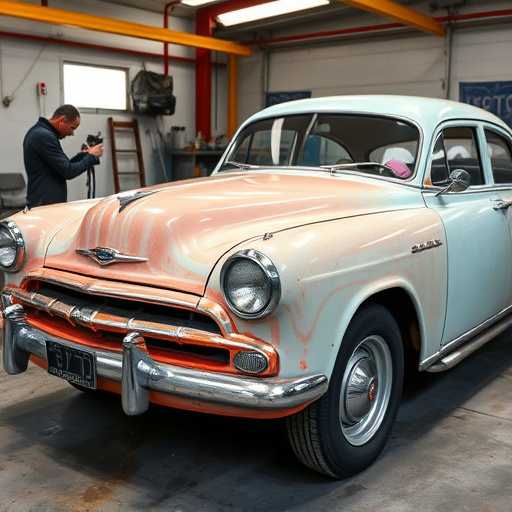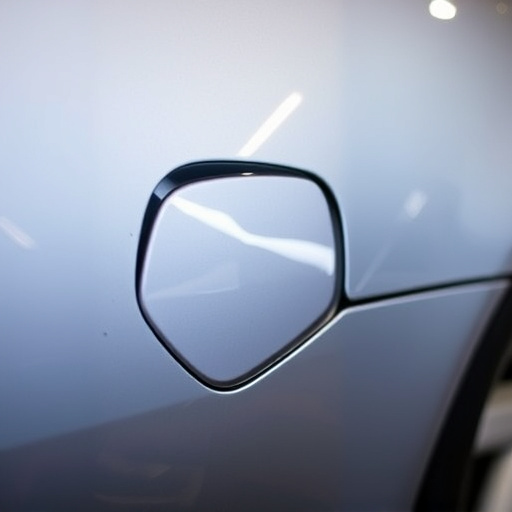A meticulous repair quality inspection is essential for top-tier vehicle repairs, especially for luxury brands like Mercedes Benz. This process involves comprehensive evaluation of every aspect, from diagnosis to material quality and workmanship, aiming to return vehicles to pre-incident condition with focus on safety and aesthetic appeal. Regular inspections uncover defects ranging from surface cosmetic issues to structural problems, emphasizing their importance in both collision repair and car restoration.
In today’s competitive market, ensuring superior repair quality is non-negotiable for shops. A standard repair quality inspection serves as a crucial checklist, guaranteeing client satisfaction and business integrity. This comprehensive guide breaks down the essential steps involved in these inspections. From understanding its purpose to identifying common defects, shop owners and technicians alike will find invaluable insights to maintain high standards. Uncover best practices that enhance efficiency, accuracy, and customer trust through meticulous repair quality inspection procedures.
- Understanding the Purpose of Repair Quality Inspection
- Step-by-Step Process: How Shops Conduct Inspections
- Common Defects Found During Routine Quality Checks
Understanding the Purpose of Repair Quality Inspection
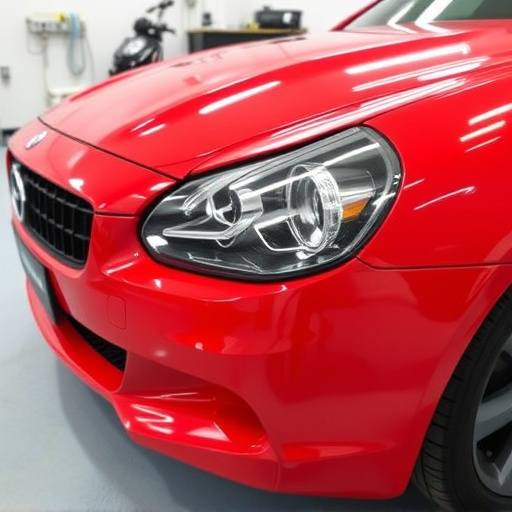
A repair quality inspection is a meticulous process designed to ensure that vehicle repairs, especially in high-end brands like Mercedes Benz, meet the highest standards. This critical step serves as a bridge between auto maintenance and delivering top-notch vehicle conditions to customers. It involves a comprehensive evaluation of every aspect of the repair work, from the accuracy of the diagnosis to the quality of materials used and the skillfulness of the labor.
For instance, in auto body repairs, inspectors scrutinize alignment, paint job perfection, and the integrity of structural components. In the case of Mercedes Benz repair, where precision is paramount, these inspections become even more stringent. The goal is not just to fix the car but to restore it to its pre-incident condition, ensuring both safety and aesthetic appeal. Auto maintenance professionals recognize that a thorough repair quality inspection is vital for maintaining customer satisfaction and building trust in their services.
Step-by-Step Process: How Shops Conduct Inspections
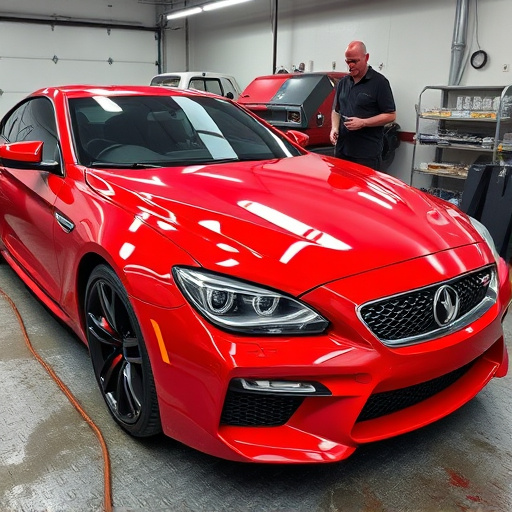
Shops conduct a standard repair quality inspection to ensure that every repair on vehicles, whether it’s an autobody repair or a service for a luxury vehicle, meets their high standards and customer expectations. The process typically begins with a thorough visual examination of the repaired area. This includes checking for proper alignment, paint consistency, and the absence of visible defects like scratches, bubbles, or gaps.
After the visual inspection, specialized tools are used to measure the precision of the repair. This can involve using laser measurement devices to ensure panel gaps are correct, as well as checking for straightness and angle accuracy. In some cases, a paint analysis may also be conducted to confirm color match and quality. The final step involves road testing the vehicle to assess its performance, handling, and safety after the repair, guaranteeing that vehicle repair services not only look good but also drive flawlessly.
Common Defects Found During Routine Quality Checks
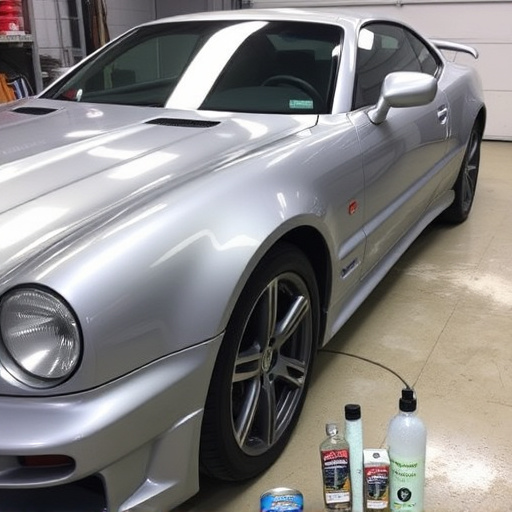
During routine repair quality inspections, several common defects are often identified across various product types and industries. These issues can range from surface-level cosmetic concerns to more critical structural problems that require immediate attention. In the context of auto maintenance and automotive collision repair, defects may include dents, scratches, paint imperfections, misaligned body panels, and faulty components like broken headlights or malfunctioning electrical systems.
In the case of car restoration projects, meticulous inspections are crucial to ensure every detail is up to par with historical accuracy and modern standards. This involves scrutinizing finishes, checking for proper clear coat application, verifying color consistency across large surfaces, and examining intricate details such as trim pieces and chrome accents. Defects discovered during these checks can range from minor touch-ups to significant rework required to restore a vehicle’s original aesthetic appeal, highlighting the importance of comprehensive repair quality inspections in both automotive collision repair and car restoration endeavors.
A thorough repair quality inspection is an indispensable process for shops to ensure customer satisfaction and maintain their reputation. By following a structured step-by-step approach, as outlined in this article, businesses can consistently identify and rectify defects, upholding high standards. Regular inspections not only guarantee the quality of repairs but also foster trust between the shop and its customers, making it an essential practice for any reputable service center.
